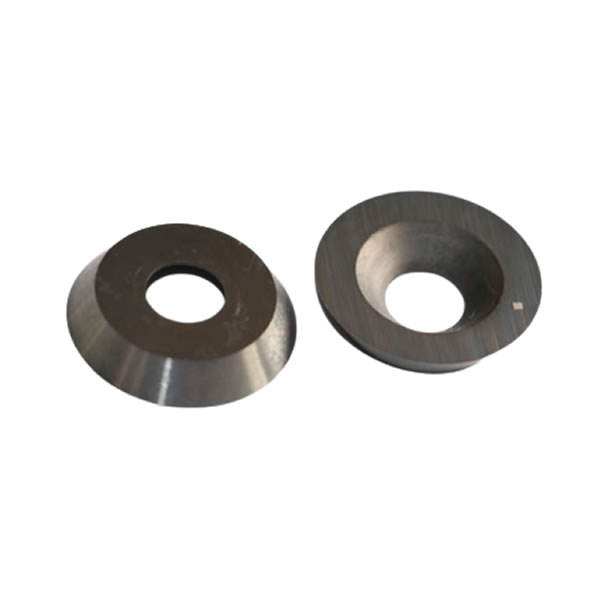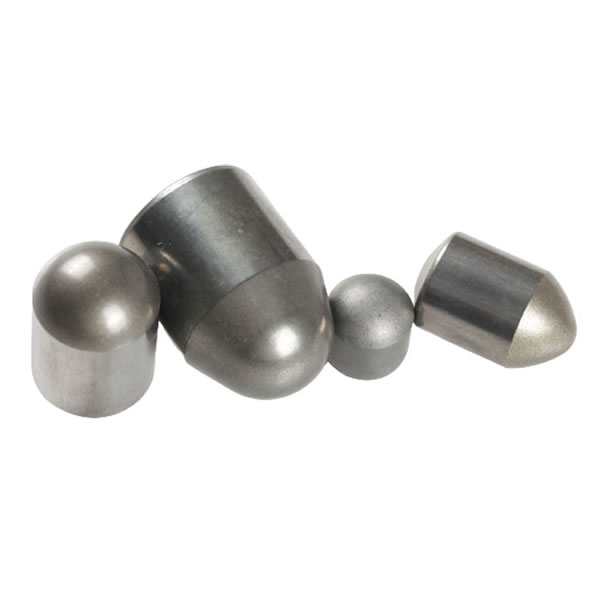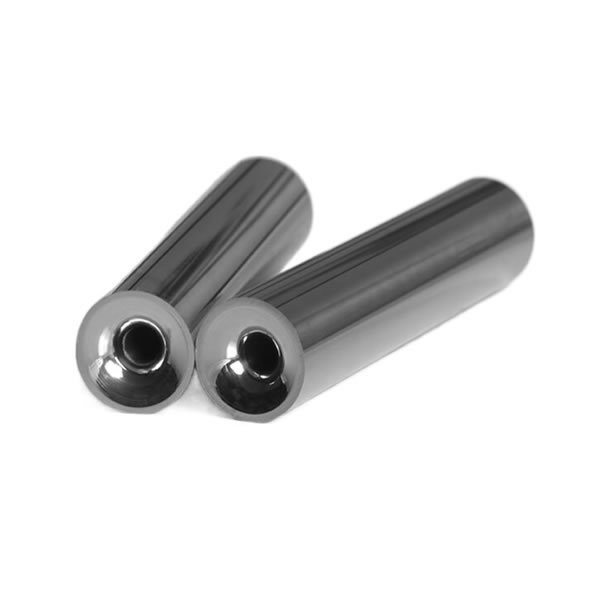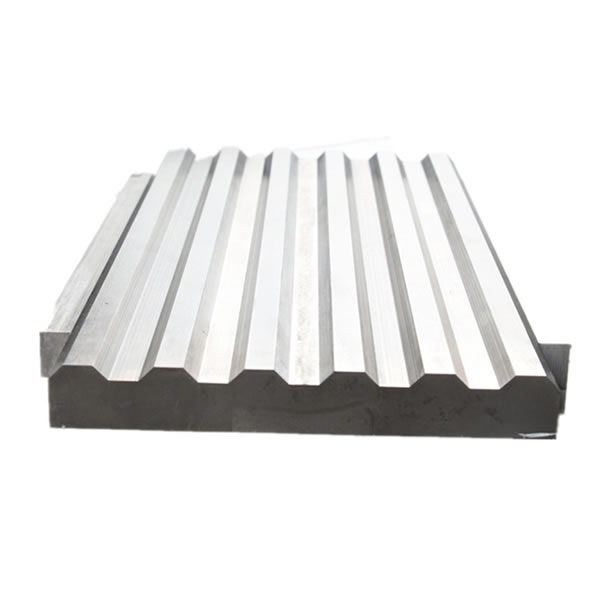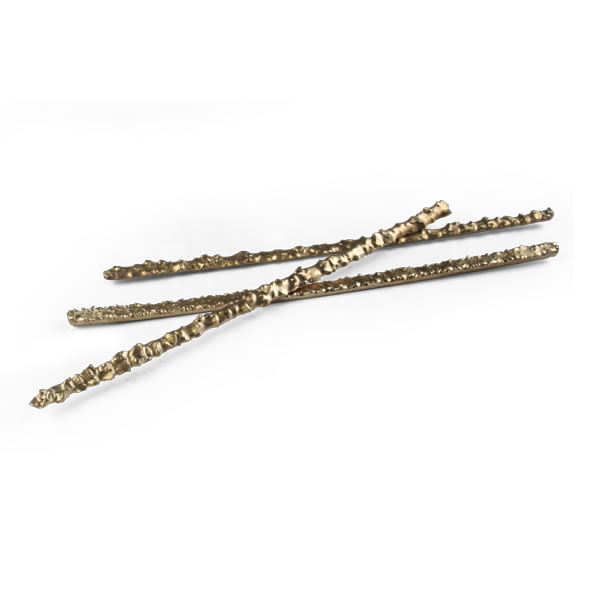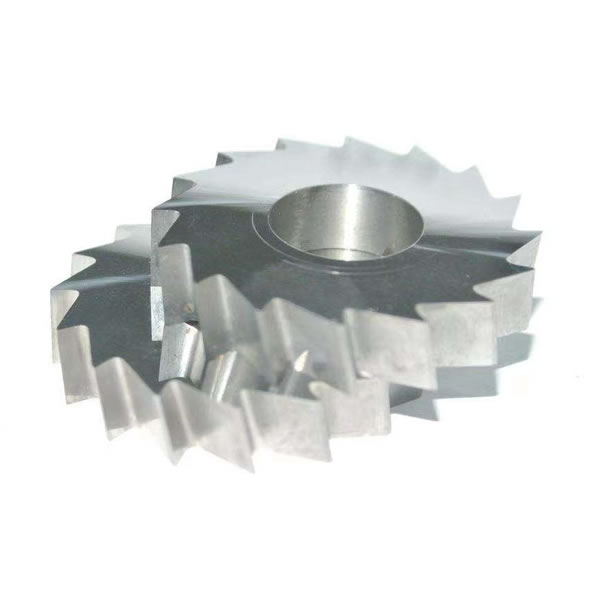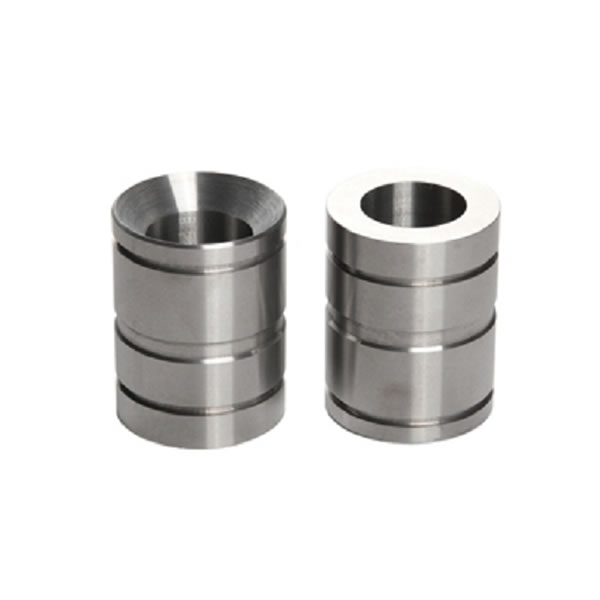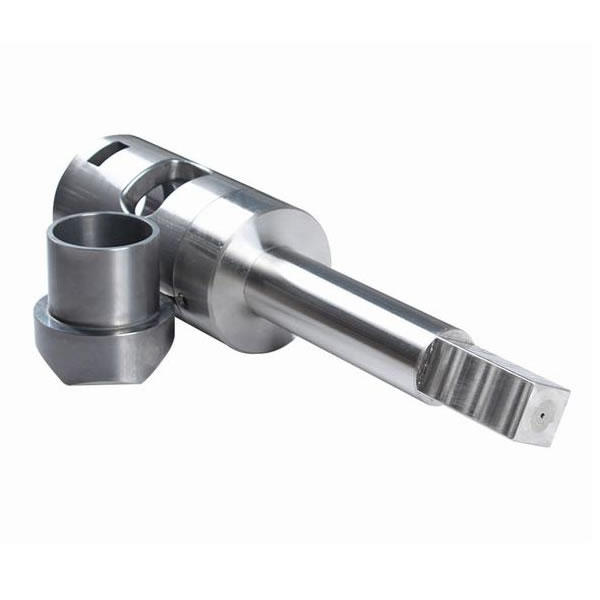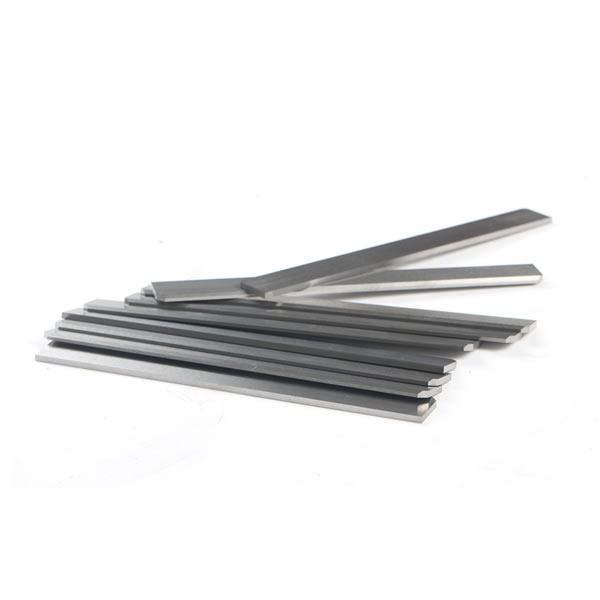
The Ultimate Guide to Tungsten Carbide Strips: Unlocking Superior Wear Resistance
Introduction
In the field of industrial manufacturing, wear resistance is a key concern. From heavy-duty machinery to delicate tools, components must withstand the abrasion, friction, and impact. This is where tungsten carbide strips emerge as a formidable solution, offering unparalleled durability and longevity.
Tungsten carbide, a robust and resilient material, possesses exceptional hardness and wear resistance, making it an ideal choice for applications demanding unwavering performance. Tungsten carbide strips, specifically, are engineered to provide targeted protection against wear and tear, extending the lifespan of critical components and maximizing operational efficiency.
Unveiling the Advantages of Tungsten Carbide Strips
1. Exceptional Wear Resistance: Tungsten carbide strips are renowned for their exceptional wear resistance, significantly exceeding the capabilities of conventional materials. The inherent hardness and durability of tungsten carbide allow it to withstand abrasive forces, resisting scratching, gouging, and erosion, even in the most demanding environments. This translates into extended component lifespan and reduced downtime for maintenance, ultimately leading to substantial cost savings.
2. Enhanced Durability and Longevity: The inherent properties of tungsten carbide ensure that strips fabricated from this material exhibit exceptional durability and longevity. Unlike materials prone to rapid wear and tear, tungsten carbide strips maintain their structural integrity and functional performance over extended periods, even when subjected to extreme conditions.
3. Resistance to High Temperatures and Corrosive Environments: Tungsten carbide strips are remarkably resistant to high temperatures and corrosive environments, attributes that make them invaluable in industries operating under demanding conditions. They retain their strength and integrity at elevated temperatures, making them ideal for applications involving friction and heat.
4. Precision Manufacturing and Tailored Solutions: Modern manufacturing techniques enable the production of tungsten carbide strips with exceptional precision, allowing them to be custom-engineered to meet specific requirements. This level of precision ensures accurate fit and seamless integration into various components, optimizing performance and minimizing potential errors.
5. Versatility and Adaptability: Tungsten carbide strips are remarkably versatile and adaptable, finding applications across a broad spectrum of industries and applications. Their exceptional wear resistance, durability, and tolerance to extreme conditions make them suitable for use in machinery, tools, molds, and a host of other components.
6. Cost-Effectiveness Over Time: While the initial cost of tungsten carbide strips may be higher than alternative materials, their exceptional durability and longevity result in significant cost savings over time. The extended lifespan of components manufactured with tungsten carbide strips minimizes the need for frequent replacements, reducing maintenance costs and maximizing operational efficiency.
Understanding the Applications of Tungsten Carbide Strips
Tungsten carbide strips are employed in a wide range of applications, showcasing their versatility and effectiveness in addressing wear-related challenges:
1. Cutting Tools: The use of tungsten carbide strips in cutting tools is a testament to their exceptional wear resistance. They are frequently used to create durable cutting edges on tools such as drill bits, milling cutters, and turning tools. These tools are employed in various industries, including manufacturing, construction, and mining, where they encounter high levels of abrasion and impact.
2. Mining and Excavation: In the mining and excavation industries, heavy-duty equipment operates under extreme conditions, demanding materials that can withstand the relentless wear and tear. Tungsten carbide strips are widely used in mining and excavation equipment, including drill bits, crusher jaws, and conveyor belts. Their superior wear resistance extends the lifespan of these critical components, ensuring efficient and uninterrupted operations.
3. Automotive and Aerospace Industries: The automotive and aerospace industries demand components with exceptional wear resistance and durability. Tungsten carbide strips find applications in brake pads, engine components, and other parts subjected to high friction and extreme temperatures. Their superior performance contributes to improved fuel efficiency, reduced emissions, and enhanced safety.
4. Molds and Dies: The production of various products often involves the use of molds and dies, which are subjected to wear and tear during the manufacturing process. Tungsten carbide strips are widely used in mold and die construction, ensuring accurate and durable product formation. Their wear resistance ensures consistent product quality and reduces the need for frequent mold replacements.
5. Food Processing and Packaging: In the food processing and packaging industries, equipment must meet stringent hygiene standards and withstand wear and tear from handling food products. Tungsten carbide strips are frequently used in food processing equipment, such as blades, cutters, and conveyors. Their non-reactive nature and exceptional durability ensure product safety, operational efficiency, and extended equipment lifespan.
6. Medical Devices: Medical devices require materials that are biocompatible, wear-resistant, and durable to ensure patient safety and reliable performance. Tungsten carbide strips are used in the construction of surgical instruments, orthopedic implants, and other medical devices, where they contribute to long-term performance and minimal tissue damage.
7. General Engineering Applications: Tungsten carbide strips find applications across a wide range of engineering fields, from industrial machinery to consumer products. They are used in bearings, gears, rollers, and other components where wear resistance and durability are critical.
8. Aerospace Components: Tungsten carbide strips are employed in the manufacturing of aircraft components, including landing gear, engine components, and other critical parts. Their exceptional strength and wear resistance contribute to improved aircraft safety, reduced maintenance costs, and extended service life.
Selecting the Right Tungsten Carbide Strip
Choosing the right tungsten carbide strip for your specific application is paramount to ensuring optimal performance and cost-effectiveness. Several factors play a crucial role in this decision-making process:
1. Application Requirements: The intended use of the tungsten carbide strip determines its crucial properties, including hardness, wear resistance, and resistance to high temperatures. Factors such as the type of material being processed, the operating environment, and the expected service life should be carefully considered.
2. Grade of Tungsten Carbide: Tungsten carbide is available in a variety of grades, each with distinct properties. The grade selection should be based on the specific requirements of the application. For instance, a high-hardness grade might be suitable for cutting tools, while a high-toughness grade might be preferred for mining equipment.
3. Dimensions and Tolerances: The size and shape of the tungsten carbide strip are crucial factors to ensure proper fit and functionality within the component. Precise dimensions and tight tolerances are essential for optimal performance, particularly in applications requiring high precision and accuracy.
4. Coating and Surface Treatments: Tungsten carbide strips can be further enhanced through coatings and surface treatments, which improve wear resistance, lubricity, and corrosion resistance. The type of coating or treatment should be selected based on the specific requirements of the application and the expected operating environment.
5. Manufacturing Process: The manufacturing process used to create the tungsten carbide strip can significantly impact its performance and quality. Precision machining and advanced manufacturing techniques are essential for achieving tight tolerances, smooth surfaces, and optimal performance.
Tips for Maximizing the Performance of Tungsten Carbide Strips
1. Proper Installation: Correct installation of tungsten carbide strips is essential for ensuring optimal performance and longevity. Improper installation can lead to premature wear, failure, and potential damage to the component. It is crucial to consult with experienced engineers or technicians for proper installation procedures.
2. Lubrication and Maintenance: Regular lubrication of tungsten carbide strips can significantly reduce wear and tear, extending their lifespan. The type of lubricant should be carefully chosen based on the application and operating environment. Regular inspections and maintenance are also essential for identifying any potential issues and ensuring continued optimal performance.
3. Proper Handling and Storage: Tungsten carbide strips should be handled with care to avoid damage. They should be stored in a dry and clean environment, protected from dust, debris, and moisture. Proper handling and storage practices contribute to extended lifespan and consistent performance.
4. Avoid Excessive Impact and Load: Tungsten carbide strips, while incredibly durable, are not invincible. Excessive impact and overloading can lead to premature wear and damage. It is essential to operate components within their designated load limits to ensure the longevity of tungsten carbide strips.
5. Consider the Application Environment: The operating environment plays a crucial role in the performance of tungsten carbide strips. Factors such as temperature, humidity, and the presence of abrasive particles can impact wear and tear. Selecting the appropriate tungsten carbide grade and considering protective coatings can mitigate the effects of challenging environments.
Frequently Asked Questions
1. What are the main differences between tungsten carbide strips and other materials used for wear resistance?
Tungsten carbide strips offer superior wear resistance compared to conventional materials like steel, cast iron, and ceramics. They possess significantly higher hardness and durability, making them ideal for applications where wear and tear are significant concerns.
2. How do tungsten carbide strips compare to other tungsten carbide products, such as plates or rods?
Tungsten carbide strips, plates, and rods all offer exceptional wear resistance, but each has unique characteristics and applications. Strips are ideal for providing targeted wear resistance along edges or surfaces. Plates offer broader protection and are used for larger components. Rods are used for specific applications requiring long, slender components.
3. Can tungsten carbide strips be used in all applications requiring wear resistance?
While tungsten carbide strips are highly versatile, their application depends on specific requirements. They are not always the optimal solution for every wear-resistant application. Factors like operating temperature, required hardness, and cost need to be carefully considered when making a selection.
4. How are tungsten carbide strips manufactured, and what are the key factors influencing their quality?
Tungsten carbide strips are manufactured using powder metallurgy processes, involving powder blending, pressing, and sintering. The quality of tungsten carbide strips is influenced by the purity and particle size of the powder, the pressing process, and the sintering parameters.
5. What are some emerging trends in the use of tungsten carbide strips in various industries?
The use of tungsten carbide strips is expanding into new industries and applications. For example, they are increasingly used in the medical device industry for surgical instruments and implants, and in the aerospace industry for components requiring high wear resistance and strength.
Conclusion:
Tungsten carbide strips represent a technological advancement in wear resistance, offering numerous benefits to various industries. Their exceptional hardness, durability, and versatility make them ideal for applications where wear and tear are major concerns. By understanding the benefits, applications, and considerations involved in using tungsten carbide strips, manufacturers and engineers can effectively leverage this material to enhance component lifespan, minimize downtime, and optimize operational efficiency.







